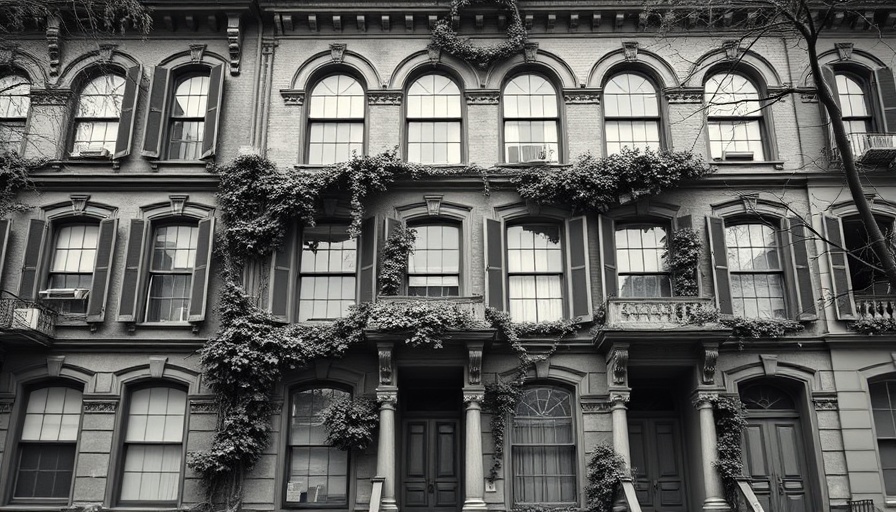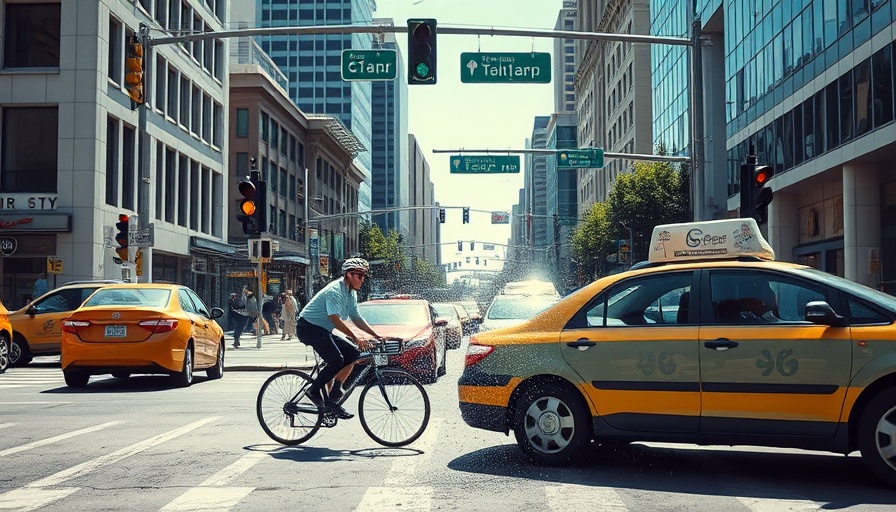
The Abandonment of a Gilded Age Gem
Amidst the bustling streets of Manhattan, the remnants of wealth and grandeur can sometimes be discovered in forgotten spaces. One such space is the mysterious brownstone at 22 East 23rd Street, which was the home of the Colgate family in the mid-19th century. William Colgate, a pioneering soap maker, initially inhabited this elegant residence in 1851, bringing the grace of the Gilded Age to Madison Square. However, the house would eventually become a symbol of abandonment. Notably, it remained unoccupied for decades, its contents frozen in time, leaving neighbors to speculate about its fate.
The Colgate Legacy: From Flourishing Family to Silent House
William Colgate passed away shortly after moving to the mansion, and although his descendants lingered for a few decades, the household dynamics shifted significantly. Colgate’s grandson, William Colgate Colby, famously locked the doors to the mansion in 1911 after a personal tragedy and never returned to live there again. For the next 27 years, the house stood as a silent witness to time, shrouded in mystique, with only guards to check its status amidst the growing urban tapestry surrounding it.
A Time Capsule Unveiled
In 1945, the hushed history of the Colgate mansion would finally be revealed when its contents were put up for sale. This sale transformed the house into a time capsule, showcasing Victorian treasures like gold chandeliers, marble columns, and a rosewood piano—all untouched since the family vacated. Thousands gathered to witness the remnants of an era that once flourished in the heart of New York City.
Architectural Evolution: The Impact of Urban Development
The trajectory of 22 East 23rd Street also illustrates the broader transformation of Manhattan during the 20th century. Neighborhoods developed rapidly, with business and commercial establishments replacing formerly resplendent residences. The area once cherished by the Colgates saw the emergence of Madison Square Garden, radically altering the character of the neighborhood. Many similar mansions succumbed to these urban pressures, leading to the loss of historic architecture.
Lessons from the Colgate Mansion
Examining the fate of this abandoned house poses thought-provoking questions about heritage preservation. Wouldn’t it have served as a remarkable living museum encapsulating the essence of New York’s Gilded Age? Advocates for future preservation remind us of the necessity to maintain links to our past as reflections of history—a critical component of our cultural identity.
Through the lens of the Colgate mansion’s story, we glean insights into societal shifts and the architecture that tells our history, reminding legal, medical, and accounting professionals alike of the importance of contextualizing modern developments against our rich historical backdrop.
 Add Row
Add Row  Add Element
Add Element 



Write A Comment